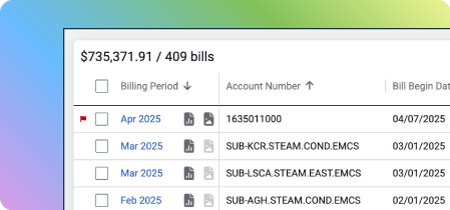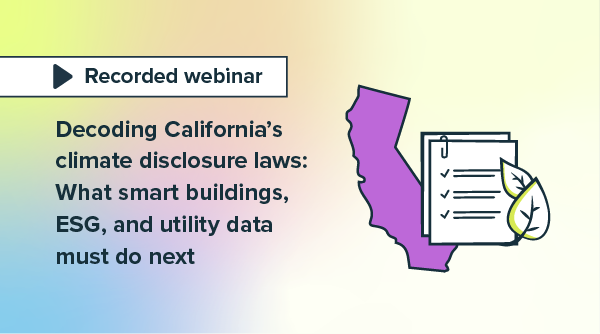 In a previous blog, we discussed the value of the national CBECS survey in assessing the energy efficiency of buildings in your property portfolio.
In a previous blog, we discussed the value of the national CBECS survey in assessing the energy efficiency of buildings in your property portfolio.
Today, we are going to look at the process by which the U.S. Environmental Protection Agency (EPA) uses the Commercial Building Energy Consumption Survey (CBECS) and other data and processes to develop its national ENERGY STAR building rating.
And if you’re not yet tracking your building energy use with ENERGY STAR, here are five good reasons to get started!
What Is ENERGY STAR?
ENERGY STAR is a product rating system developed and maintained by the EPA. A variety of products for home, business, and government are rated for energy efficiency using metrics appropriate for each product.
What is the ENERGY STAR Building Rating?
ENERGY STAR building ratings are similar to the ratings you might find on your water heater, air conditioner, refrigerator, dishwasher, or other appliance. The ENERGY STAR rating for your building is a number between 1 and 100 (inclusive) which indicates how your building’s energy use compares with other “peer” buildings of that type, age, size, and location. A score of 50 indicates that a building performs better than 50 percent of peer buildings. Buildings with a score of 75 or higher are eligible to receive ENERGY STAR recognition/certification for building energy efficiency.
The overall objectives of the ENERGY STAR score are to:
- Evaluate energy performance for the whole building
- Reflect actual metered energy consumption
- Equitably account for different energy sources
- Normalize for building activity
- Provide a peer group comparison
Where Does Building Comparison Data Come From?
ENERGY STAR uses the Commercial Building Energy Consumption Survey (CBECS) as the primary data source for building comparisons. According to the EPA, CBECS is the only national-level source of data on the characteristics and energy use of commercial buildings.
What Kind of Data is Required?
To receive an ENERGY STAR rating for your building, you need a year of monthly utility bills, which your utility can usually supply if you are not yet already tracking your utilities. Since the EPA normalizes the rating based on building activity, you also have to provide a number of data points related to assessing that activity. These metrics vary by building type, and may include:
- Number of occupants
- Number of computers
- Types and number of appliances in use
- Percentage of building space that is heated/cooled
- Number of rooms
- Seating capacity
- Weekly operating hours
- Open weekends? (Y/N)
How Do I Obtain an ENERGY STAR Rating for My Building?
Obtaining a building energy rating is relatively simple. All you have to do is to set up an account in the EPA’s online rating software, Portfolio Manager. Then you enter required building data into Portfolio Manager. As mentioned previously, the type of data varies by building type. Or you can use energy management software (such as EnergyCAP) that can automatically set up and maintain a Portfolio Manager account for you.
The EPA uses your data to compute the actual and predicted source Energy Use Intensity (EUI) for your building. The two numbers are compared to produce an efficiency ratio. The ratio is used to assign the 1-100 score based on how the building compares with the national distribution of peers.
For additional information, consult the ENERGY STAR technical reference, as well as the technical information pertaining to each individual building type. This information is all available at the ENERGY STAR website: www.energystar.gov.
{{cta(‘204f1f19-6c80-4b9b-8eac-39c72f31d051’)}}




![Top 12 sustainability reporting platforms (ESG) [2026]](https://www.energycap.com/wp-content/uploads/2025/12/blog_article_top-sustainability-platforms.webp)


 In a
In a 




